Iranian analysts believe that this great achievement will perplex the West, because the Western countries had counted on a possible failure of Iran to produce nuclear fuel plates and were hopeful that the Iranian government would compromise on the nuclear issue under public pressure.
On the sidelines of the Group of 15 summit, which was held in Tehran on May 17, 2010, Iran, Turkey, and Brazil issued a declaration, according to which Iran was to ship 1200 kilograms of its low-enriched uranium to Turkey to be exchanged for 120 kilograms of 20 percent enriched nuclear fuel to power the Tehran research reactor, which produces radioisotopes for cancer treatment.
But the United States and its allies ignored the deal meant to show Iran’s goodwill, and imposed a new round of sanctions on Iran in June 2010.
In response, Iran decided to produce 20 percent enriched nuclear fuel and convert it into plate type nuclear fuel, and constructed an advanced plant at the Isfahan nuclear facility for manufacturing nuclear fuel plates. With the construction of the plant, Iran is now among the few countries that can manufacture both nuclear fuel rods and plates.
In mid-April, Atomic Energy Organization of Iran (AEOI) Director Fereydoun Abbasi announced that the installation of the machinery needed for producing nuclear fuel plates had started.
The nuclear plant for converting enriched nuclear fuel into fuel rods was inaugurated in Isfahan in early spring 2009.
Iranian officials had previously said that the technology for producing nuclear fuel plates does not differ greatly from the technology for producing nuclear fuel rods.
AM/PA
END
MNA



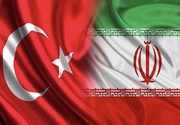


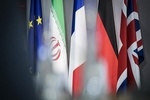


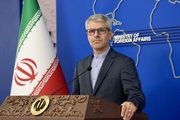





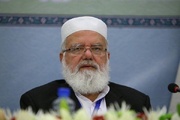
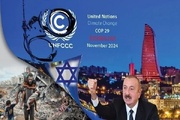

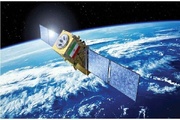
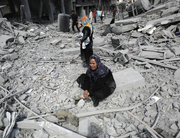
Your Comment